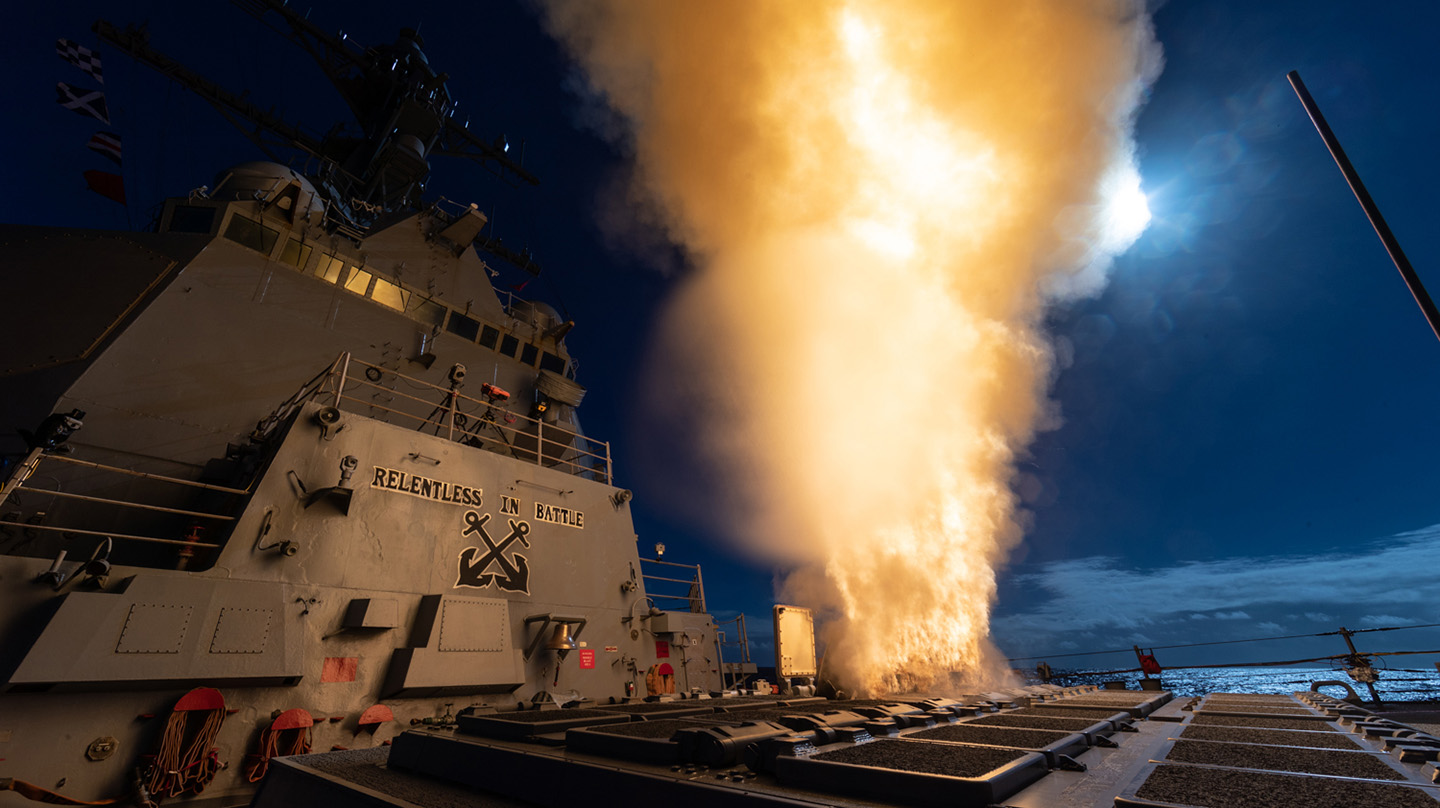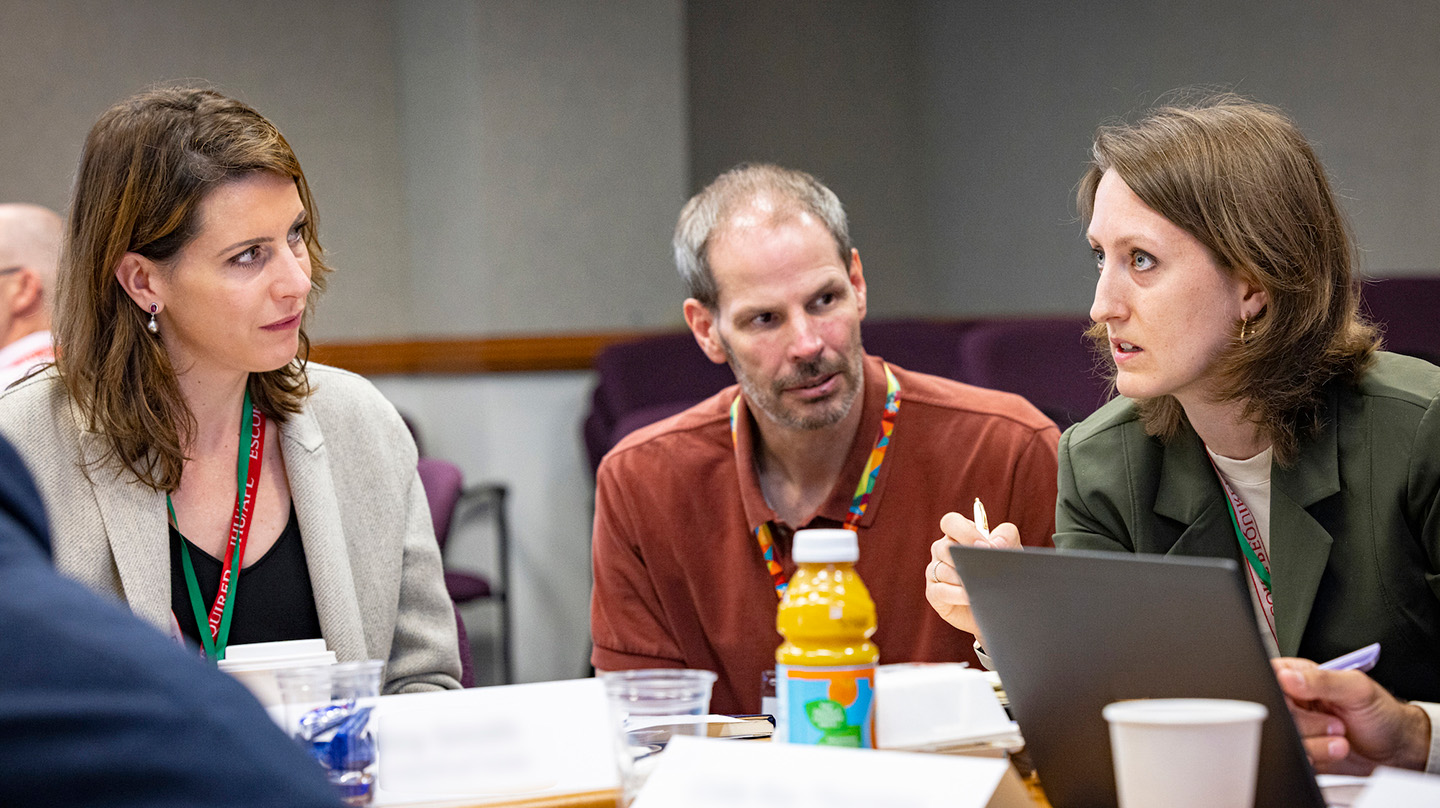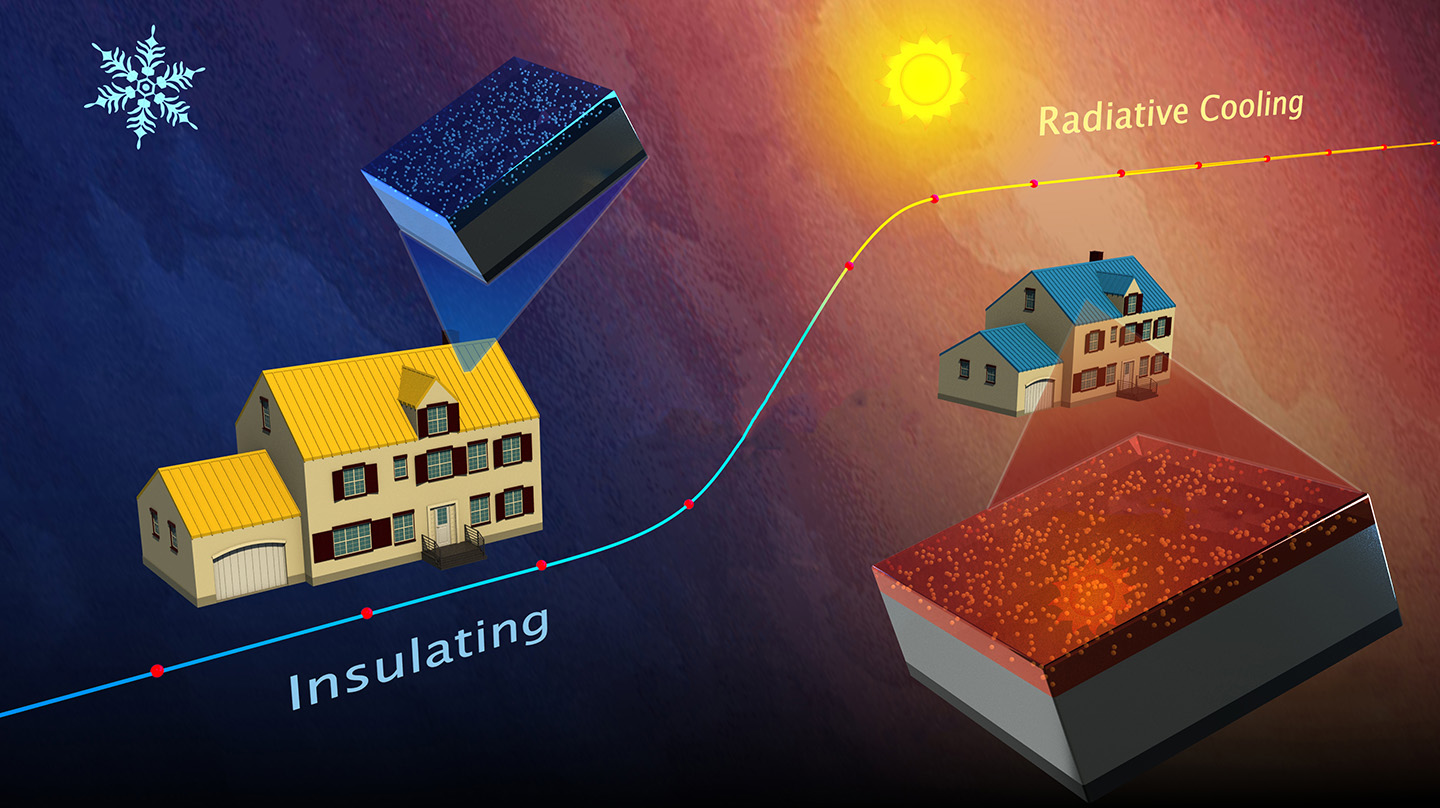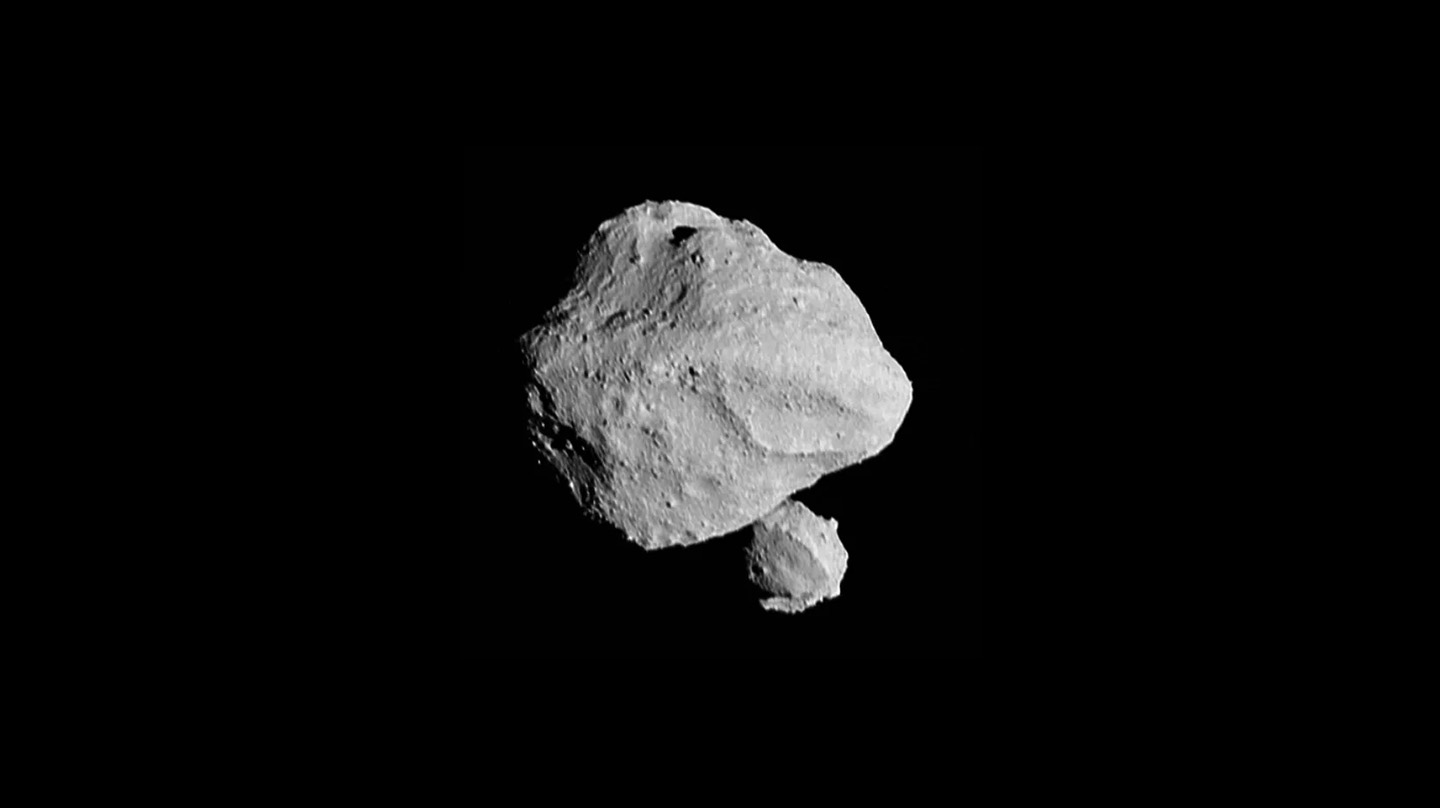Johns Hopkins APL Plays Pivotal Role in Successful FTX-23 Missile Defense Test
Johns Hopkins University Applied Physics LaboratoryThe Johns Hopkins Applied Physics Laboratory (APL) in Laurel, Maryland — in cooperation with the U.S. Missile Defense Agency (MDA) and the U.S. Navy — played a critical role in the successful execution of Flight Test Other-23 (FTX-23). The Feb. 8 test — also known as Stellar Sisyphus — demonstrated sensor tracking and communications link capabilities of the Aegis Weapon System, a cornerstone of naval missile defense for which APL has served as the technical direction agent for many years.
















